Descripción
Control de retroalimentación multivariable: análisis y diseño, segunda edición, presenta una introducción rigurosa, pero fácil de leer, al análisis y diseño de sistemas de control multivariable robustos. Centrándose en el control de retroalimentación práctico y no en la teoría de sistemas en general, este libro proporciona al lector conocimientos sobre las oportunidades y limitaciones del control de retroalimentación.
Teniendo en cuenta los últimos desarrollos en el campo, esta segunda edición completamente revisada y actualizada:
* presenta un nuevo capítulo dedicado al uso de desigualdades de matrices lineales (LMI);
* presenta los resultados actuales sobre las limitaciones de rendimiento fundamentales introducidas por los polos RHP y los ceros RHP;
* introduce material actualizado sobre la selección de variables controladas y el control de autooptimización;
* proporciona reglas de ajuste IMC simples para el control PID;
* cubre material adicional que incluye plantas inestables, el amplificador de retroalimentación, el margen de ganancia más bajo y una estrategia clara para incorporar la acción integral en el control LQG;
* incluye numerosos ejemplos trabajados, ejercicios y estudios de casos, que hacen un uso frecuente de Matlab y la nueva caja de herramientas Robust Control.
Control de retroalimentación multivariable: análisis y diseño, segunda edición es un excelente recurso para cursos avanzados de pregrado y posgrado que estudian control multivariable. También es una herramienta invaluable para los ingenieros que desean comprender el control multivariable, sus limitaciones y cómo se puede aplicar en la práctica. Las técnicas de análisis y el material sobre el diseño de estructuras de control deberían resultar muy útiles en la nueva área emergente de la biología de sistemas.
Reseñas de la primera edición:
Al ser rico en ideas y consejos prácticos sobre el diseño de controladores, el libro también debería resultar muy beneficioso para los ingenieros de control industrial, tanto como libro de referencia como herramienta educativa. Applied Mechanics Reviews
En resumen, este libro puede recomendarse enfáticamente no solo como un texto básico en técnicas de control multivariable para estudiantes de pregrado y posgrado, sino también como una valiosa fuente de información para ingenieros de control. International Journal of Adaptive Control and Signal Processing

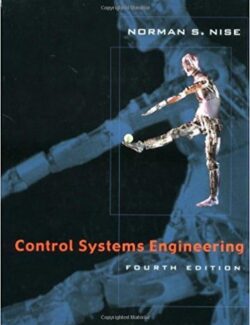
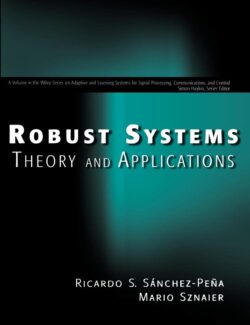
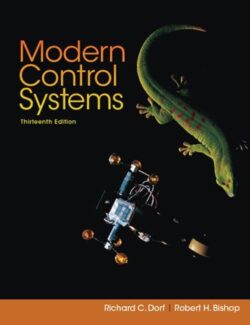




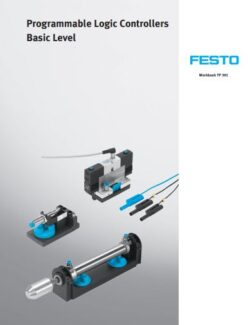
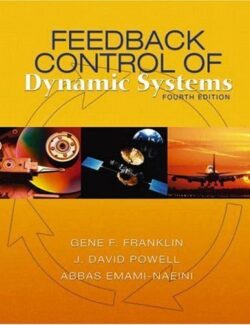
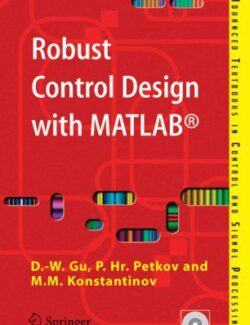


Déjanos un comentario
No hay comentarios